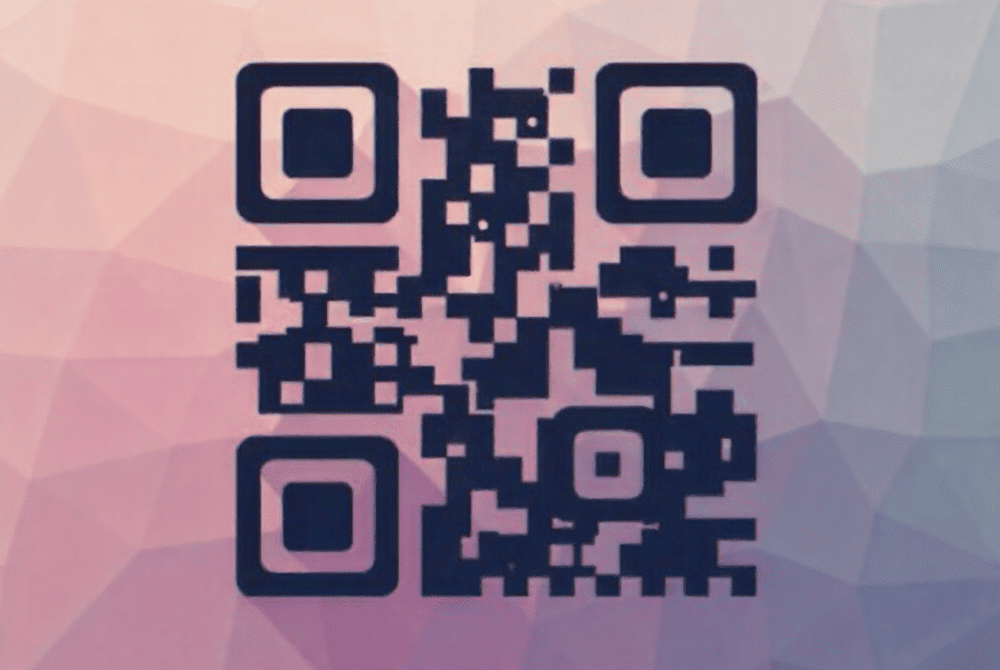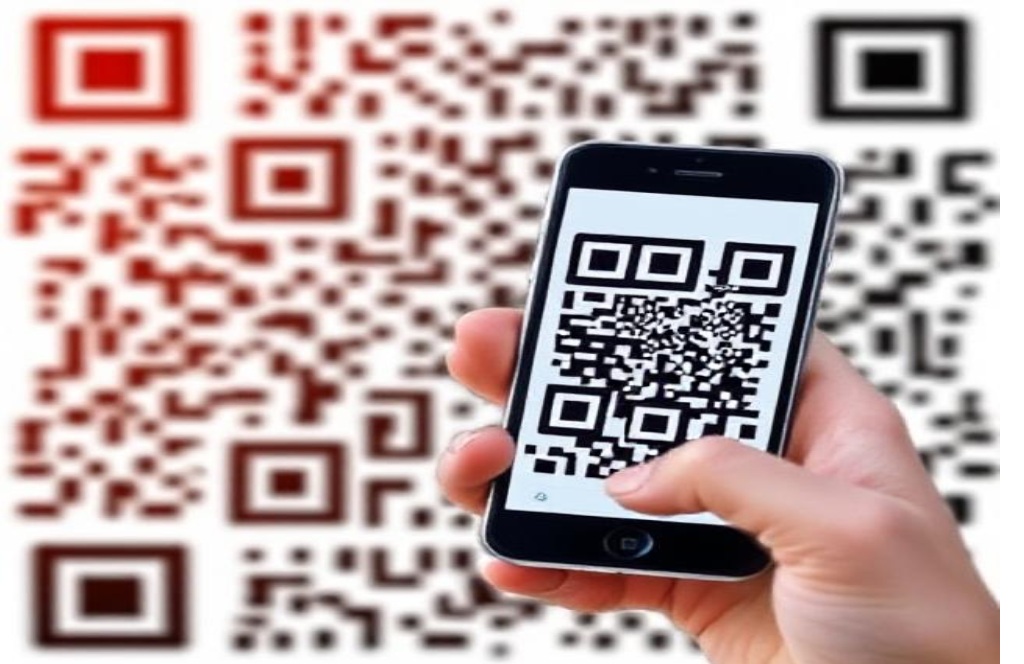A UPI QR code is far more than a simple arrangement of black and white squares; it represents a carefully engineered two-dimensional data matrix that balances efficiency, reliability, and error resilience. Every square, known as a module, is purposefully positioned to encode digital payment information while ensuring that even under adverse conditions such as smudges, scratches, reflections, or partial obstruction the encoded data can be reconstructed accurately. For fintech developers, payment system engineers, and software architects, understanding how the grid structure algorithm organizes data and error correction codewords within the QR matrix is critical for generating high-density, reliable UPI QR codes capable of functioning seamlessly in real-world environments.
QR Code Grid Overview
The QR code grid consists of a square matrix of black and white modules, each module representing a single binary bit. The matrix size varies according to the QR code version, ranging from Version 1 with 21 × 21 modules to Version 40 with 177 × 177 modules, allowing for encoding of increasingly larger payloads, including complex UPI payment strings and metadata.
Modules within the QR code are divided into functional categories, each serving a specific role in ensuring accurate scanning:
- Finder Patterns: These are large, square patterns located at three corners of the QR code, enabling scanning devices to detect orientation and position reliably.
- Alignment Patterns: Small patterns distributed across the QR code in larger versions to correct geometric distortions caused by angled scanning or camera lens imperfections.
- Timing Patterns: Alternating sequences of black and white modules that establish row and column coordinates, allowing the scanner to locate each module precisely.
- Quiet Zone: A mandatory white border surrounding the QR code that isolates it from surrounding visual noise, ensuring scanners can differentiate the code from its background.
- Format Information: Encodes critical metadata, including the selected error correction level and the mask pattern applied to the QR code, allowing scanners to decode the data correctly.
- Version Information: Present in QR codes Version 7 and above, this identifies the QR version, which dictates matrix size, data capacity, and the structure of error correction modules.
- Data and Error Correction Modules: The remaining modules within the grid store the actual payload (e.g., a UPI URI) and the corresponding error correction codewords, forming the core of the QR code’s information content.
The key challenge in QR code design is to efficiently place both the data and error correction bits within the grid while maintaining readability, resilience, and compliance with QR code standards.
Zig-Zag Data Placement
The primary algorithm for embedding data into a QR code is the zig-zag placement method, which ensures that data is evenly distributed throughout the matrix, minimizing the risk that localized damage will prevent successful decoding. The process unfolds as follows:
- Binary Conversion: The UPI payment string, for instance upi://pay?pa=merchant@upi&am=2450, is first converted into a binary sequence according to the chosen encoding mode—numeric, alphanumeric, byte, or Kanji.
- Error Correction Appending: Reed-Solomon codewords are generated and appended to the data sequence, introducing redundancy that allows the scanner to reconstruct the original information even if portions are missing or corrupted.
- Interleaving: Data and error correction bits are interleaved to distribute redundancy evenly across the QR code matrix, ensuring that no single localized error can destroy a contiguous block of critical information.
- Zig-Zag Mapping: The combined sequence is mapped into the grid starting from the bottom-right corner, moving upward in a two-module-wide column, then switching direction in the adjacent column to move downward, and so on. The algorithm carefully skips functional modules, such as finder patterns, alignment patterns, timing patterns, and reserved format or version areas.
- Completion: The process continues column by column, alternating directions, until all data and error correction bits are successfully placed within the matrix.
This zig-zag approach not only distributes the information across the QR code uniformly but also significantly enhances its resilience against damage, which is crucial in high-traffic environments where UPI QR codes are frequently touched, printed on uneven surfaces, or exposed to environmental factors.
Interleaving Data and Error Correction
Interleaving is an essential complement to zig-zag placement, as it ensures that data and error correction codewords are distributed across the matrix in a manner that mitigates the impact of localized defects:
- The data is first divided into multiple blocks, each of which has its own set of error correction codewords generated independently.
- The bits from these blocks are then interleaved, meaning they are alternately placed throughout the grid rather than sequentially.
- This technique ensures that even if part of the QR code is obscured, the remaining blocks retain sufficient redundancy to reconstruct the original UPI payment string via Reed-Solomon decoding.
For example, if a UPI QR code with 50 data codewords is partially covered by a reflection or physical obstruction, interleaving ensures that no single block loses all its information, allowing the transaction to proceed smoothly.
Masking Algorithms
After data and error correction bits are placed, a masking pattern is applied to avoid module arrangements that could interfere with scanning:
- Large contiguous areas of black or white modules that may confuse scanners.
- Alternating patterns that can cause image recognition errors.
- Patterns that align with finder or timing modules, potentially resulting in misinterpretation.
The QR standard defines eight possible mask patterns, each using a Boolean operation (typically XOR) on modules based on their row and column indices. The pattern that produces the most visually balanced distribution of black and white modules is selected. This mask is recorded in the format information area, enabling scanners to reverse the masking during decoding.
Alignment and Version Patterns
For larger, high-density QR codes used in UPI payment systems:
- Alignment patterns, small 5×5 module squares, are strategically placed based on QR version to correct perspective and geometric distortions during scanning.
- Version information patterns appear near the top-right and bottom-left corners in versions 7 and above, allowing scanners to quickly determine matrix size, data capacity, and error correction structure.
These patterns collectively ensure that UPI QR codes can be scanned accurately even on angled surfaces, curved displays, or when printed on reflective material.
Functional Module Exclusion
Certain regions of the QR code grid are reserved and must not be overwritten during data placement:
- Finder patterns and their separators
- Timing patterns
- Alignment patterns
- Format and version information
The zig-zag algorithm carefully navigates these zones, maintaining the integrity of functional modules while optimizing the placement of data and error correction codewords.
Practical Implementation for UPI QR Codes
Although modern QR code generation libraries handle placement, interleaving, masking, and alignment automatically, understanding these processes is critical when:
- Designing high-density QR codes for complex UPI payment payloads.
- Optimizing dynamic QR codes for real-time transactions where data changes frequently.
- Ensuring compatibility across devices with different camera resolutions, scanning angles, and lighting conditions.
Through the combination of zig-zag placement, interleaving, masking, and alignment patterns, UPI QR codes achieve high resilience and omnidirectional readability, allowing payments to succeed seamlessly even in challenging real-world environments such as outdoor markets, industrial facilities, and busy retail stores.
The grid structure algorithms and data placement strategies are at the heart of QR code reliability. By carefully organizing data, interleaving error correction, applying optimal masking, and incorporating alignment patterns, QR codes maintain robustness, efficiency, and omnidirectional readability. These innovations make UPI QR codes exceptionally reliable, enabling millions of secure, fast, and seamless digital transactions every day across diverse environments.




